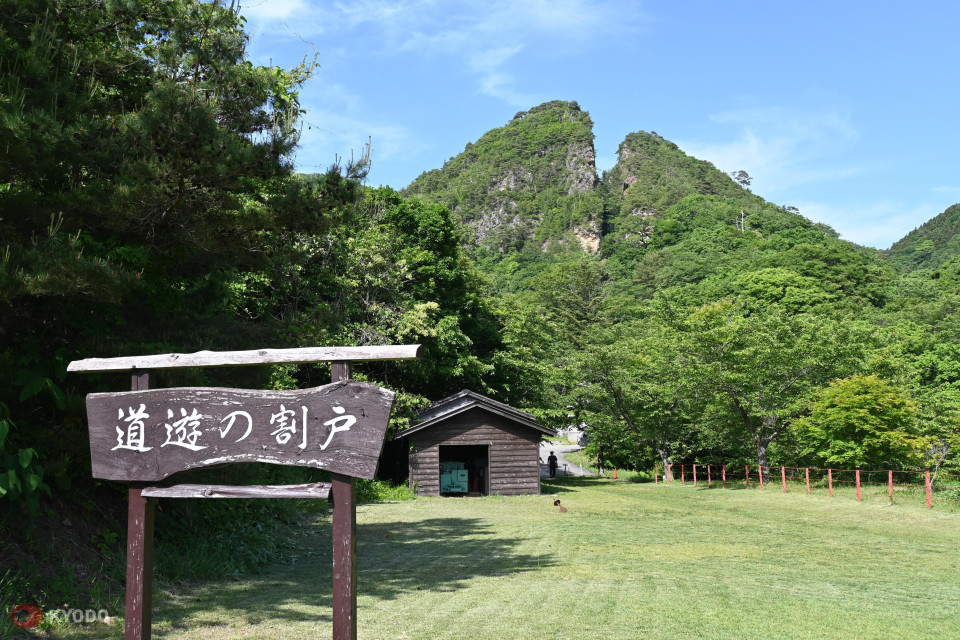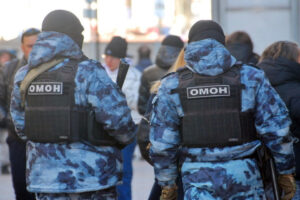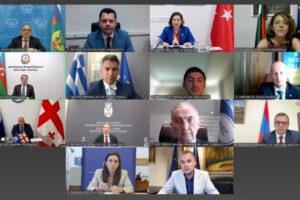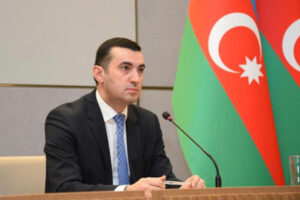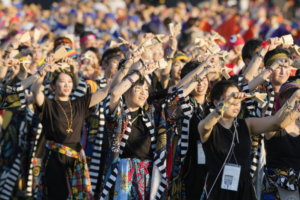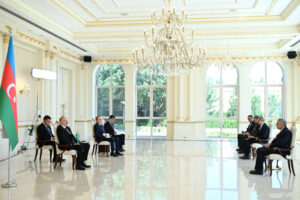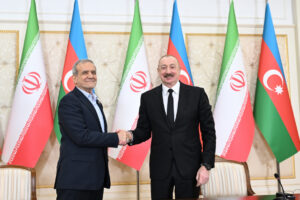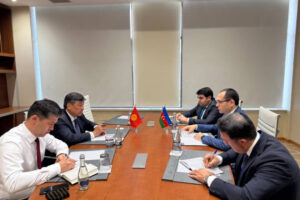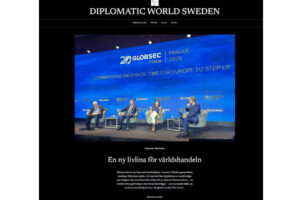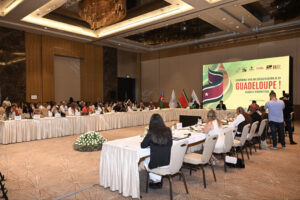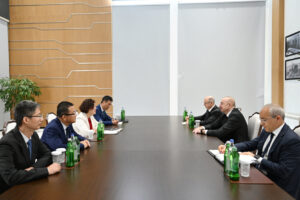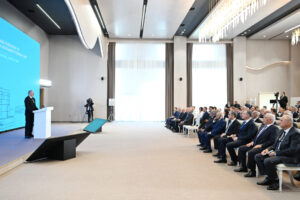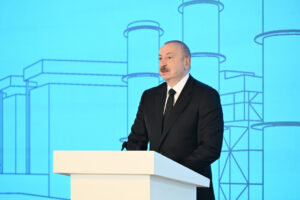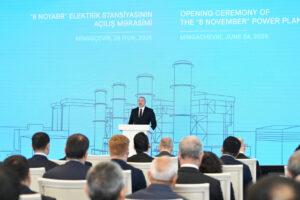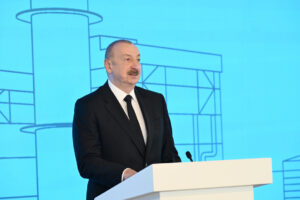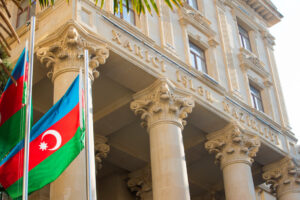Tokyo, 7 June, /AJMEDIA/
A UNESCO advisory body has recommended that Japan provide additional details regarding its submission of a gold and silver mine complex on Sado Island for World Heritage list registration, Japan’s cultural affairs agency said Thursday.
The U.N. Educational, Scientific and Cultural Organization suggested the nomination for the mine complex in Niigata Prefecture be referred back to Japan for more information. There are cases where the World Heritage Committee, which makes the final decision, still decides to inscribe despite the advisory body’s recommendation.
The development comes after Japan resubmitted its application for registration of the mine complex last year, despite protests from the South Korean government, which claims the site is linked to wartime forced labor of Koreans.
The committee, which consists of representatives from 21 state parties, will make a formal decision at its meeting in New Delhi, India, in July. Both Japan and South Korea sit on the rotating committee this year.
The committee evaluates site nominations based on the advisory body’s decision and categorizes them into the same four categories — inscription, referral, deferral, or denial.
If the committee also decides to refer the nomination back to Japan, the inscription of the site will be postponed until next year or later.
An Agency for Cultural Affairs official said the UNESCO body’s referral recommendation means it “has recognized (Sado) has value worthy of consideration for registration.”
The Sado mine complex is regarded as one of the world’s largest producers of gold during the 17th century and is known for its pre- and post-industrialization technology. It encompasses the Aikawa Gold and Silver Mine, the Tsurushi Silver Mine and the Nishimikawa Placer Gold Mine.
Japan’s Council for Cultural Affairs selected Sado mine as a candidate in December 2021, aiming for UNESCO registration in 2023. However, the Agency for Cultural Affairs, likely in consideration of Japan-South Korea relations, initially remained vague on whether it would submit a nomination for the site.
Pressure from conservative lawmakers within the ruling Liberal Democratic Party regarding the government’s stance prompted Prime Minister Fumio Kishida to announce the nomination in January 2022. It was subsequently submitted a month later.
UNESCO, however, did not consider the site’s inclusion, citing insufficient explanation regarding the Nishimikawa Placer Gold Mine. The Japanese government resubmitted an amended application the following year.
If the inscription of Sado mine is approved, Japan will have a total of 26 World Heritage sites.
© KYODO

